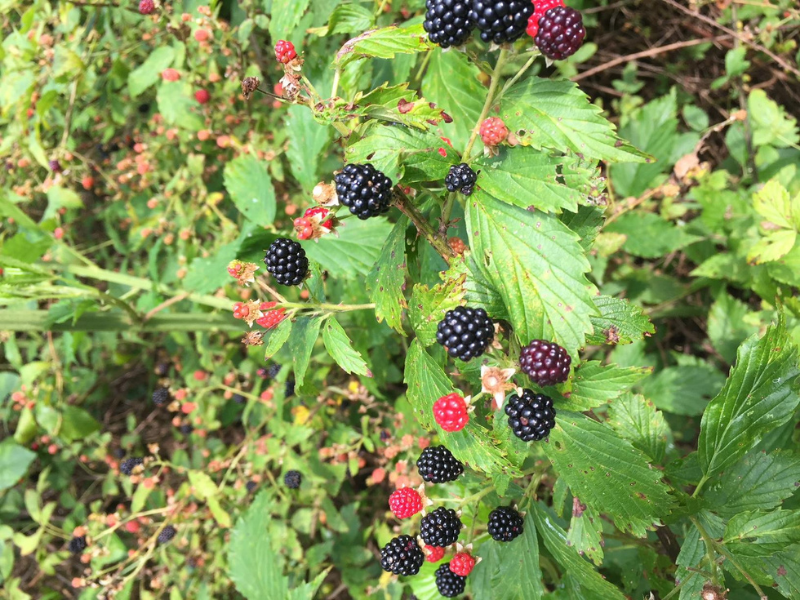|
Click to listen to this article
|
Research looks at ways to increase adoption of public food forests in communities
Public food forests exist on publicly owned or stewarded land. They are designed to be open to local residents to participate in their implementation and development. The July 22nd, 2022 Sustainable, Secure Food Blog looks at recent research into some obstacles small cities and towns have in developing more public food forests.
According to blogger Sarah Coffey, public food forests can vary in their design. An ideal design would use the vertical space of the forest well. Low shrubs with tall trees. Ground cover could be replaced with herbs.
Each species plays a different role in this type of agroecosystem. These multiple storied polycultures (i.e., growing multiple crops at once in the same space) can optimize yields in a sustainable and regenerative way.
To learn about these perspectives, Coffey and her colleagues surveyed mayors of towns in Virginia, USA, with less than 25,000 residents.
Only 20% of towns that included food production systems in their plans included food-bearing trees and shrubs. (Most included vegetable gardens and annual crops). And the majority (80%) didn’t include municipal ordinances for implementing food forests. A plan like this would include where, what, and when to plant.
The study found the mayors’ greatest perceived concern was how they would be maintained in the long-term. This included aesthetic and safety issues associated with downed fruits and obstructing visibility in rights-of-way. A lack of physical space and competing within these spaces with other, more profitable uses, were other barriers.

The research team has several suggestions to increase adoption of public food forests, including:
- Developing municipal ordinances that protect food forests from competing uses.
- Partnering with non-governmental organizations, land trusts, schools, or places of worship to address long-term maintenance concerns.
- Emphasizing the benefits that are aligned with those of traditionally valued green space.
“Our findings suggest that stressing these aspects of a food forest rather than just food production and ecological benefits could increase acceptance by elected officials or city/town staffers,” says Coffey.
To read the entire blog, visit: https://sustainable-secure-food-blog.com/2022/07/22/what-are-public-food-forests/
Photo: Public food forests can provide several “services” to the community, in addition to providing food. These berry bushes, for example, have roots that help absorb water from heavy rains, reducing stormwater loads. They provide food to pollinators, improving biodiversity. Credit: Morguefile.
For high-resolution photos please contact Caitlin Heitman, cheitman@sciencesocieties.org.

